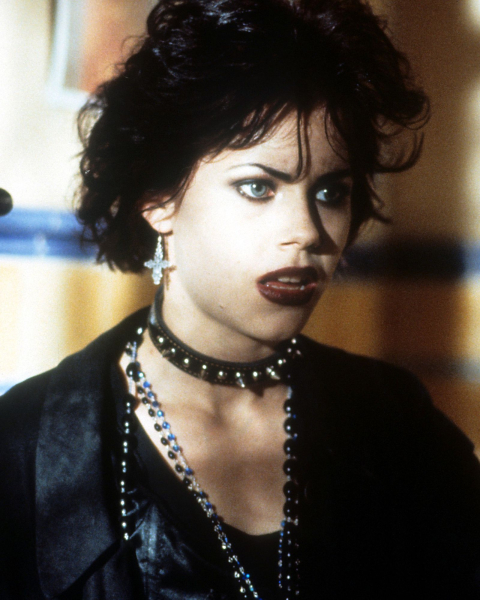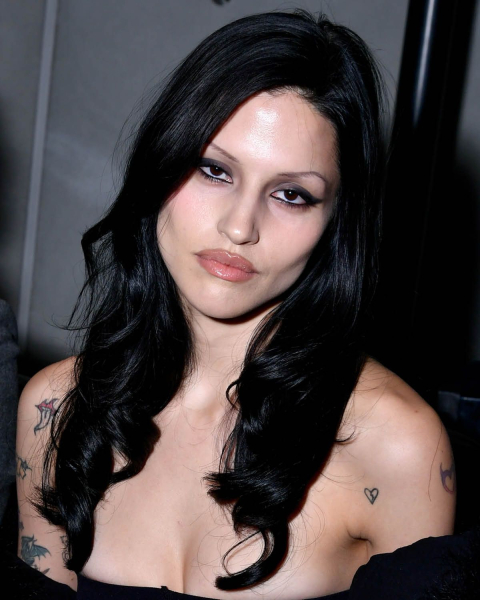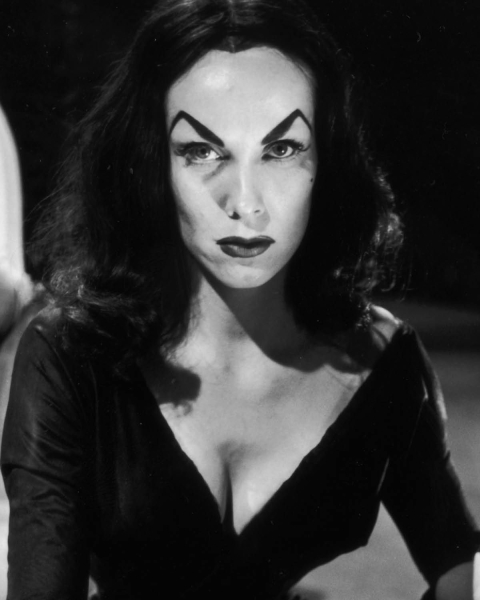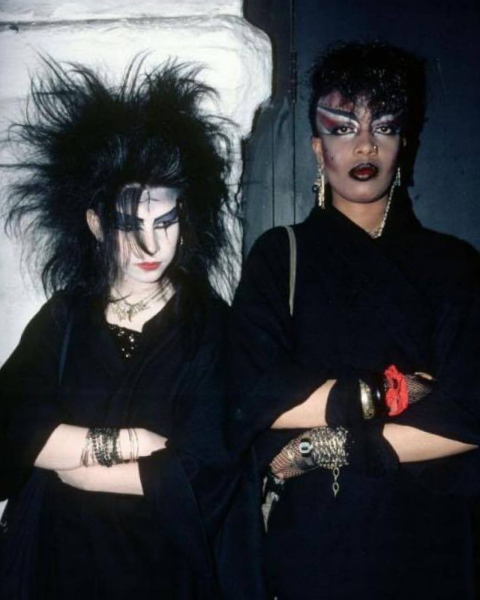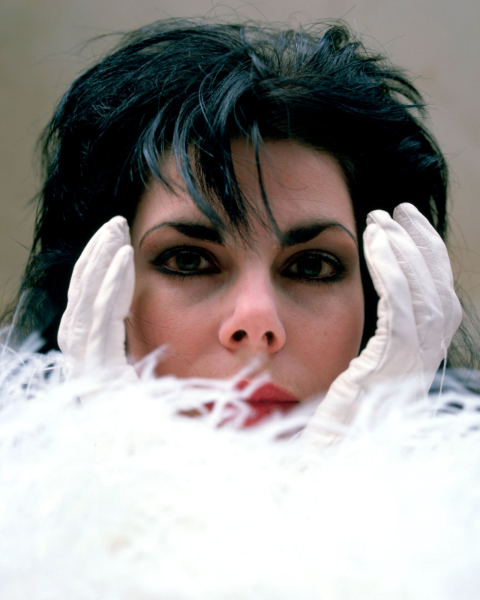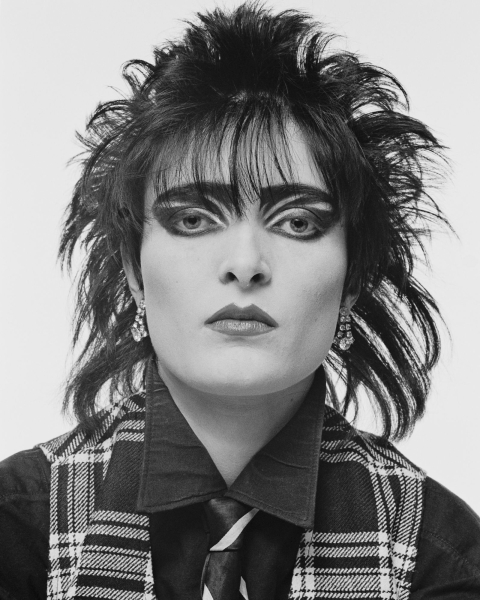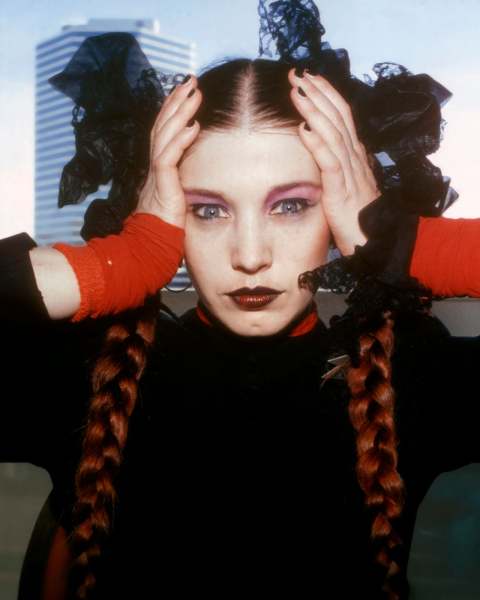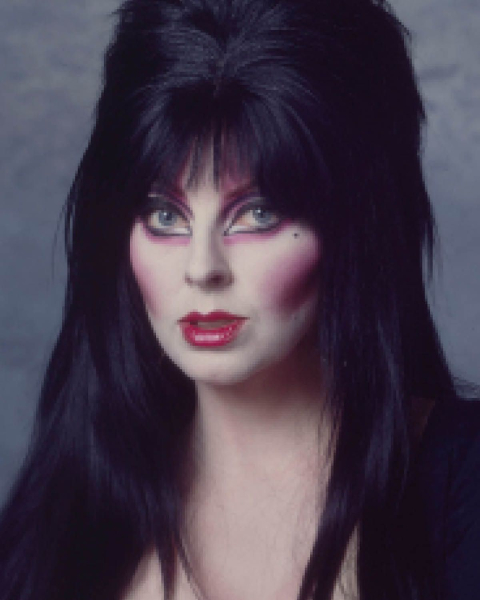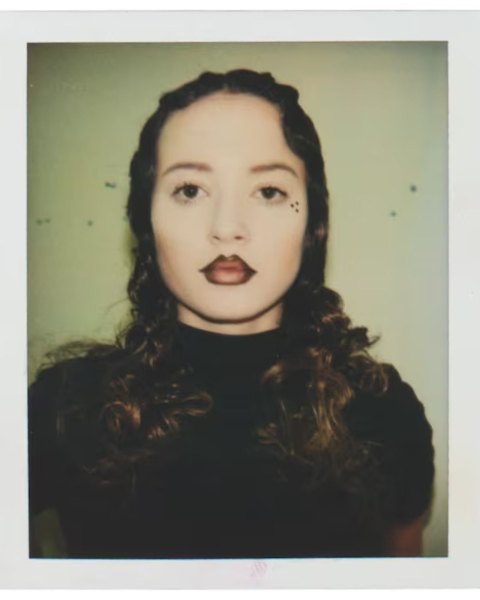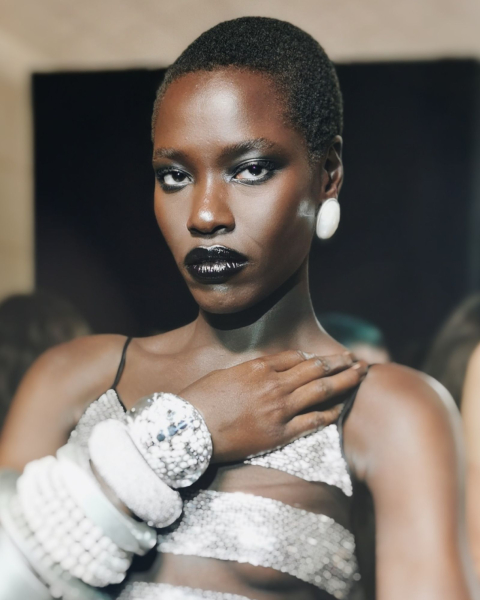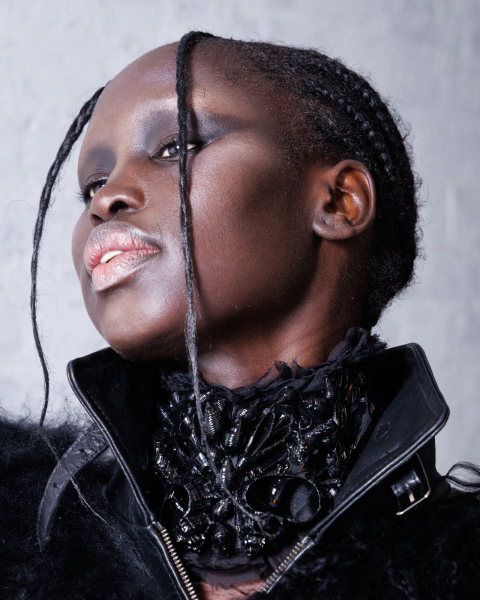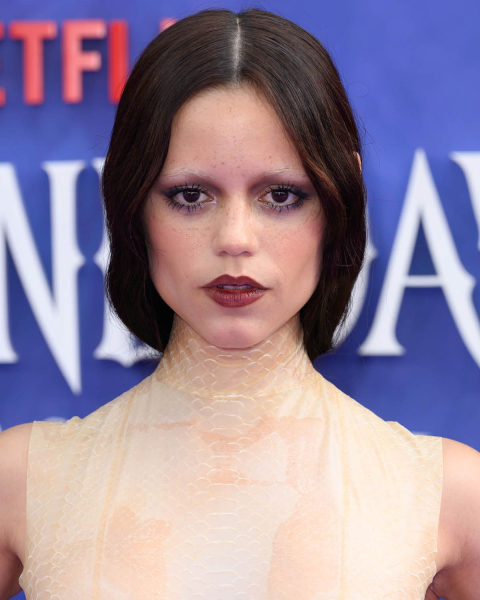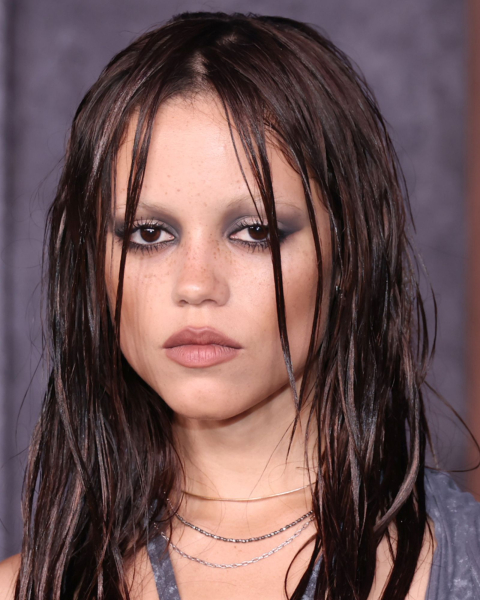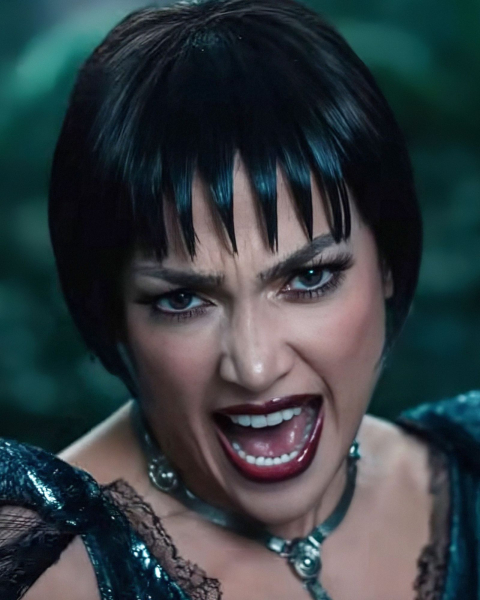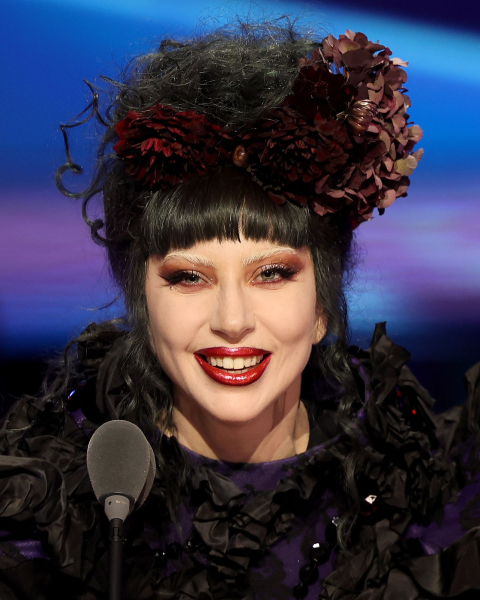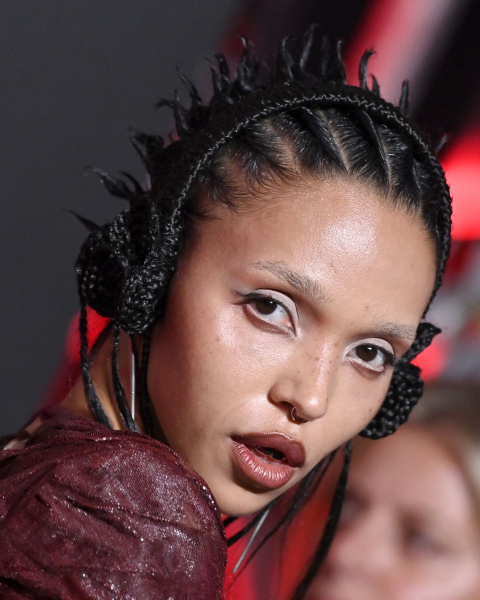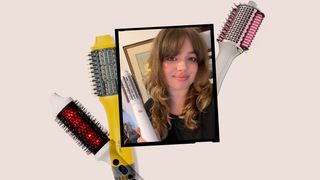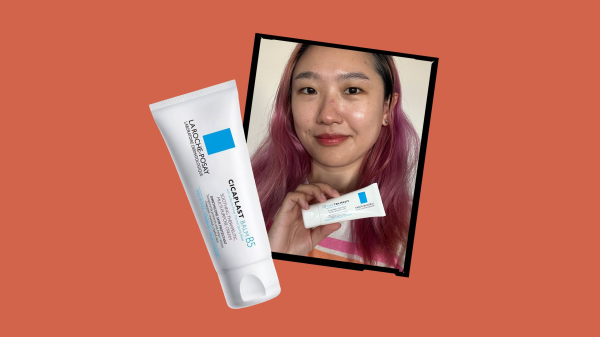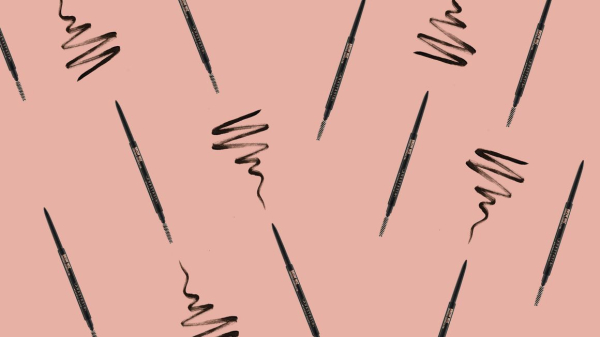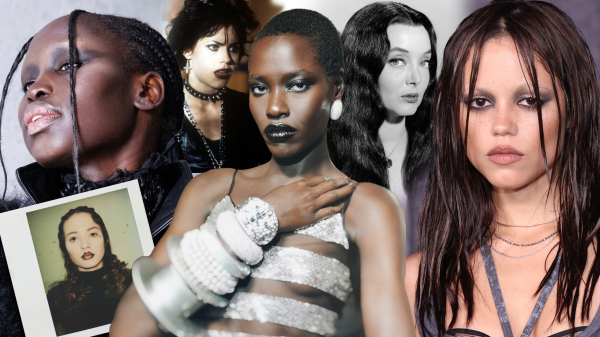 Collage: Allure; Source images: Launchmetrics, Val Garland, Pat McGrath Labs Remaining images: Getty ImagesSave this storySave this story
Collage: Allure; Source images: Launchmetrics, Val Garland, Pat McGrath Labs Remaining images: Getty ImagesSave this storySave this story
The goth girl has been a recurring stereotype in coming-of-age films since the 1980s. With their inky-black shadows and deathly pale skin, characters like Lydia Deetz (Beetlejuice) and Nancy Downs (The Craft) were feared for having a macabre vibe, which led them to find camaraderie among ghosts in their attic or within the high school coven. They were the ultimate outcasts, so it’s all the more interesting that goth makeup has crept back into the mainstream. This new fascination with formerly frightening looks has redefined what goth makeup looks like—and who's wearing it in 2025.
Actor Fairuza Balk as Nancy Downs in The Craft (1996)
Getty Images
Model Gabriette in 2025
Getty Images
It’s hard to pinpoint when this resurgence started, but the 2022 debut of Netflix’s Wednesday and the rise of moody models like Gabriette seem to have brought goth looks back into the zeitgeist, where #gothmakeup currently receives an average of 15.4M weekly views on TikTok, according to Spate. TikTokers have zealously dubbed the aesthetic “soft goth,” a pared-back look that blends “gothic drama with modern elegance,” says makeup artist and self-identifying goth Dasha Taivas.
Since then, films like Nosferatu, a second Wednesday season, and an increasingly fraught sociopolitical climate have led more people to experiment with edgier makeup elements. Says Taivas “What was once niche and rebellious is now reinterpreted and celebrated.”
Someone searching for soft-goth makeup inspo is probably not primarily interested in the subculture’s origins; for many modern beauty lovers, it’s more about playing with products and channeling main character energy. But the history of goth might hold answers for what today's turn to the dark side says about beauty—and society—at large.
What does the word “goth” mean?
The answer to “What is goth?” is debated even among those in the subculture, but a good place to start is distinguishing between goth, a post-punk music movement, and Gothic, a historical literary genre. When it comes to the goth makeup aesthetic, there’s crossover between the two, says Claire Nally, professor of modern and contemporary literature at Northumbria University in England.
Gothic literature of the late-18th and 19th centuries took inspiration from the medieval and the morbid, sparking a fascination with dark romanticism and the occult. Gothic fiction, such as Bram Stoker’s Dracula, paved the way for modern-day stories of Victorian ghosts and the Hammer Horror films of the 1950s, where women were often depicted as pale and vampires were even paler. Although, says makeup artist Erin Parsons, the first Gothic makeup may have appeared on the silver screen even earlier with actor Musidora’s vampy look in the silent French film Les Vampires.
Actor Maila Nurmi as Vampira in 1956
Getty Images
Goth emerged as a music genre and youth culture in the late ’70s and early ’80s. It was spawned from the punk movement in the United Kingdom, when bands like The Cure, Sisters of Mercy, and Siouxsie and the Banshees set the soundtrack for this new scene—and their theatrical makeup set the look. Borrowing from the flamboyance of the New Romantics, the edginess of punks and the melancholic themes in their music, goth makeup was dark, vampiric, and vaguely dangerous—an aesthetic music fans copied when gathering at goth haunts like the Batcave in London.
Juju and Gilli at the Batcave in the 1980s
Courtesy of Ted Polhemus
Patricia Morrison of Sisters of Mercy in the early 1990s
Getty Images
Siouxsie Sioux of Siouxsie and the Banshees in 1979
Getty Images
Siouxsie Sioux (of Siouxsie and the Banshees), with her extreme black liner, is often cited as the definitive goth makeup icon, even though she never defined herself as goth. But she’s far from the only one who inspired the subculture’s beauty aesthetic. Patricia Morrison, Nina Hagen, Rozz Williams, Mark Bolan, and the members of KISS are just a few musicians who contributed to forging a traditional, or “trad,” goth look that outsiders would come to associate with the subculture.
Lene Lovich in 1980
Getty Images
Actor Cassandra Peterson as Elvira in 1983
Getty Images
Trad-goth makeup “creates a completely new character so your natural face is unrecognizable,” says Parsons. A pale base takes away all your features, meaning “you have to bring that sculpture back in,” explains makeup artist Val Garland, which is done with shades like black, navy, gray, and burgundy. “Often the lines are crisp, the colors intensely contrasted, and while it may have a hint of scary, it’s mostly beautiful,” adds Parsons.
Trad-goth makeup by Val Garland
Courtesy of Val Garland
As goth became more commercialized in the 1990s (hello, Hot Topic), the subculture splintered into sub-subcultures (cyber goth, chola goth, pastel goth, to name a few) and expanded beyond the music scene into a safe space for young people who felt different. Some dabbled temporarily, and some, like Taivas, never stopped. “Goth makeup lets me feel like a femme fatale,” she says. “Mysterious, confident, and a little dangerous in a beautiful way.”
Both Gothic literature and the goth youth movement are comfortable places for people who shun the norm. “[Gothic novels] were often about challenging authority figures—particularly aristocratic males in castles—and the danger that's involved in that,” explains Nally. “And I think that gets revived at various political moments.”
The goth youth movement emerged in the UK at a time not unlike what we’re experiencing today. Conservative Prime Minister Margaret Thatcher was in power, unemployment was high, and supermodels became society’s epitome of beauty. Young people felt stifled and disenfranchised, setting the stage for subcultures to flourish. “Back then, being goth was about not following the trends,” says Garland. “It was people saying we want to be dark, we want to be different, we want to tell our own story.”
The goth aesthetic in 2025
Schiaparelli couture fall-winter 2026
Courtesy of Pat McGrath
Dilara Findikoglu ready-to-wear fall 2025
Launchmetrics
This year seems to be one of those moments. Substitute Thatcher and aristocratic males with our current administration (in this case, the men are in a white house, not a castle), sprinkle in a fascination with trad wives and thousands of clean beauty tutorials on TikTok, and you’ve got an environment that is ripe for people wanting to rage against the flawlessly made-up machine. “The revival of goth [in the mainstream] is a backlash against being told over and over again how to do our makeup,” says Garland.
Nirvana Jalalvand, a makeup artist on Wednesday, agrees: “I feel this quest for perfection on social media has pushed people in the opposite direction.”
Armed with better products, Google search, and no allegiance to the subculture’s origins, people are borrowing from goth to imbue their makeup with an edge. Mehron Clown White Face Paint is replaced by sheer foundations and visible freckles. Black lipstick might be swapped for a berry liner. Graphic wings get substituted for diffused, smoky shadow. (Blush, however, is often nowhere in sight.) Says Garland, “What I love about the goth makeup I’m seeing today is that incredible makeup artists, like Melanie Inglessis, are taking the goth aesthetic and bringing in the beauty.”
The goth subculture has long faced criticism for being very white (the white face paint hasn’t helped) and gatekeep-y, but modern interpretations are changing that. Inglessis and Jalalvand both work with Jenna Ortega—on the red carpet and on Wednesday, respectively—and they have a lot to do with the blurred line between goth and glam.
By bringing together the melancholic romance of Victorian Gothic, the spirit of the original subculture, and contemporary makeup trends, Jalalvand's look for Wednesday made the goth sensibility more accessible. Using cool tones, diffused finishes, and very little foundation, Jalalvand created a look she describes as “weirdly fresh, even though it’s still slightly dead.” The secret? Skip the undereye concealer and match your base to the lightest part of your face. “Then,” she adds, “the black and berry shades [on your lips and eyes] create that goth-like contrast for you.”
Inglessis has done something similar for Ortega for her press appearances. She has incorporated goth—specifically, chola goth—elements into her glamorous red-carpet makeup to honor the actor’s Latina heritage. Even so, Ortega’s look at the Wednesday premiere in London with bleached brows, shimmery smoky eyes, and oxblood lips was polarizing. “Some people loved it and some people really did not,” Inglessis says. “We thought that was great!”
Jenna Ortega at the Wednesday season 2 premier in July 2025
Jenna Ortega at the Wednesday Graveyard Gala in August 2025
Getty Images
The reaction to Ortega’s goth-inspired look may have had people divided, but makeup artists see this goth revival as a hopeful sign that young people are feeling more empowered to try different beauty looks. “I think this new generation feels they can express themselves more freely with makeup without being labeled as an outcast,” says Inglessis. “The original goths were in the minority with how they used beauty, but now it feels mainstream to express yourself with makeup.”
This new embrace of the melancholy and the morbid also highlights what those in the subculture have always tried to convey with their bone-chilling aesthetic: “Being goth means finding beauty in unexpected places and appreciating the unusual,” says Taivas. “It’s about celebrating darkness not as something negative, but as something deeply beautiful and powerful. And, of course, differentiating between 666 different shades of black.”
Jennifer Lopez in Kiss of the Spider Woman (2025)
Getty Images
Lady Gaga at the 2025 MTV Video Music Awards
Getty Images
FKA Twigs at the 2025 MTV Video Music Awards
Getty Images

